The Melbourne Cup might well be “the race that stops a nation” and, as an event, it is unquestionably one of the greatest occasions in world racing.
However, as a horse race, in common with the majority of Australian middle distance racing, it is ripe for change.
Despite the Melbourne Cup being the best-known race in Australia, it is no secret that the Australian breeding industry and their racing programme is heavily geared towards precocity and sprinters. It is also generally accepted that most of their races beyond a mile are run at an inefficient tempo, with the middle sections of their races generally being notably steady, resulting in bunched sprint finishes.
The combination of the increasing international prestige of the Melbourne Cup and the continued inadequacy of the Australian middle-distance breeding programme has resulted in an influx of middle-distance horses from Europe into Australia. Indeed, there were no less than 110 horses bought at the recent Horses In Training Sale at Tattersalls for export to Australia in addition to the multitudes of European stayers that are bought privately for a King’s ransom to race in Australia.
One would have thought that this rapid increase in the importation of proper staying horses from Europe would have brought about a change in the nature of Australian middle-distance racing by now, but that has yet to happen. Perhaps Australian trainers are stuck in their ways, or perhaps other factors are at play.
The reality is that it is in the best interests of almost all of the interest groups in Australian racing for middle-distance and staying races to be run at a crawl. This is for the following reasons:
• Slowly-run races put more emphasis on luck in-running which tends to level the playing field somewhat. Thus, more sets of connections are willing to roll the dice by running their horses in the hope that luck is on their side on the day, resulting in bigger fields and a general spreading of the wealth of prize money.
• The slowly-run nature of these Australian races allows local trainers to run their horses much more regularly than European trainers do. Slowly-run races take much less out of the runners than a faster-paced race and, not only do the Australian horses recover faster from their races, they also require much less hard miles in training than the Europeans to condition them.
• Slowly-run races are generally more exciting to watch, with plenty of horses holding a chance in the straight, making it a more marketable spectacle.
Hang on, I hear you say, all of those things sound great. Wouldn’t British and Irish racing be better off if the races were run like this? Bigger fields, more exciting and competitive races, and seeing the stars of the sport more often - that sounds like a big improvement!
However, horse racing is supposed to be about finding the best horse. British and Irish middle-distance racing might seem somewhat choreographed at times, with pacemakers setting a solid tempo prior to the big guns forging on in the closing stages, but running races like that finds the physiological limits of the contenders and it is almost always the most talented and best conditioned horse who comes out on top. That isn’t just important in the interest of the true spirit of sport, it is also essential in the interests of the thoroughbred breed that the best horses are tested to the very edge of their physical and mental capabilities.
I have no doubt that change will eventually come in Australian middle-distance racing but, given that the current situation suits everyone so well down there, I suspect it might take the influence of a pioneering European on the biggest stage to bring it about.
Aidan O’Brien and the Coolmore operation already attempted to do just that in the infamous 2008 renewal of the Melbourne Cup.
On that occasion, three O’Brien-trained horses went off at a strong pace, covering the first mile approximately five seconds faster than the previous year’s renewal, only to capitulate late on. Cringingly, the Australian authorities called in O’Brien to explain the riding tactics (pacemakers are not permitted in Australia) and the Australian public derided O’Brien for his tactics. It only served to highlight the locals' tactical and conditioning inadequacies, as the clear intention of the Coolmore camp was to run the Melbourne Cup at a solid tempo which would suit the O’Brien horses.
Unfortunately all three of the O’Brien horses were not accustomed to ground conditions that O’Brien described as “like concrete” and all three of them finished lame.
The logic behind the plan was absolutely sound and attempting to execute it on such a high-profile stage was incredibly ballsy and it deserved a better result than it got.
While that high-profile failure evidently set the movement for change in the Melbourne Cup back a few years, it was encouraging to see another attempt made by a European-trained horse to force the issue from the front in the Melbourne Cup in this year’s renewal. The horse in question was the Roger Varian-trained My Ambivalent but she wasn’t the right horse for the job as she is unproven over two miles. Having raced too freely and gone off too fast, she faded tamely in the closing stages.
She undoubtedly played a role in the result as she helped make the race a truer test than is normally the case, with the final time being the fastest since 2002. Unsurprisingly, with the emphasis being on stamina much more so than usual, it was no surprise that proven stayers from Europe fared so well in the race.
The foundations for change have been laid and, while the recipe is not the easiest to reproduce, any European trainer who has a suitably progressive, talented, strong-staying and well-conditioned front-runner that handles firm ground conditions would be mad not to give it a go. It is crying out to happen and in my book, the success of such tactics is an inevitability rather than a possibility.
There is a recent international precedent for a situation like this too, as in recent years the pace of middle-distance races in Japan has changed following a series of big race wins by horses that raced into a clear early lead and held on for shock victories.
The risks of attempting to innovate are always great, as Aidan O’Brien found out after the Melbourne Cup in 2008, but with prize money being so lucrative in Australia and the current inefficient methodologies being so entrenched, the rewards for successfully innovating would be substantial. All financial incentives aside, the look on the faces of the locals in the aftermath of the race would be worth the risk alone!
Comments are welcome via Twitter to @kevinblake2011 or @TheIrishField. The best ones may be published in The Irish Field on Saturday.
THE FINAL FURLONG PODCAST
The Final Furlong Podcast is now sponsored by The Irish Field.
Hosted by Cork’s 96FM’s Emmet Kennedy, he is joined by The Irish Field’s Kevin Blake, the Tote’s Noel Hayes, William Hill Radio’s Cathryn Fry and At The Races’ Vanessa Ryle for what is a no-holds-barred discussion of all things horse racing.
The team has previewed the upcoming National Hunt season with two entertaining podcasts that have proven very popular with listeners.
In the first, the team are joined by Patrick Mullins to go through the all-conquering Willie Mullins team for the season ahead:
In the second, the team go through all of the championship divisions, pinpointing their ante-post fancies for the Cheltenham Festival.
You can hear them both below.
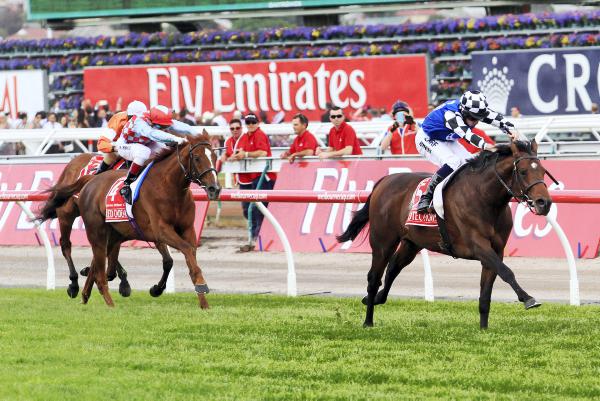

 This is a subscriber-only article
This is a subscriber-only article
 It looks like you're browsing in private mode
It looks like you're browsing in private mode





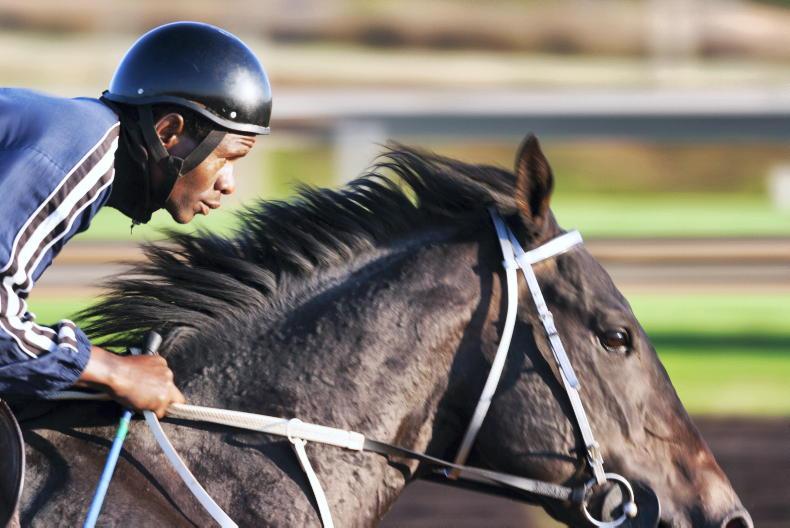
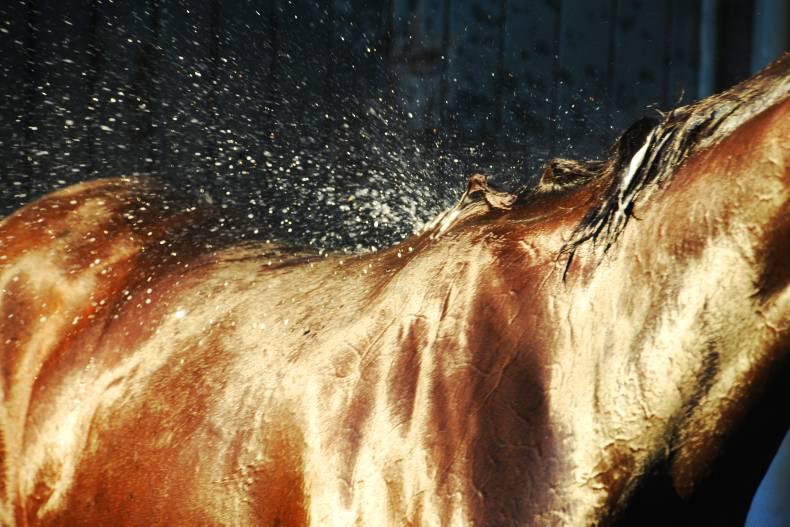

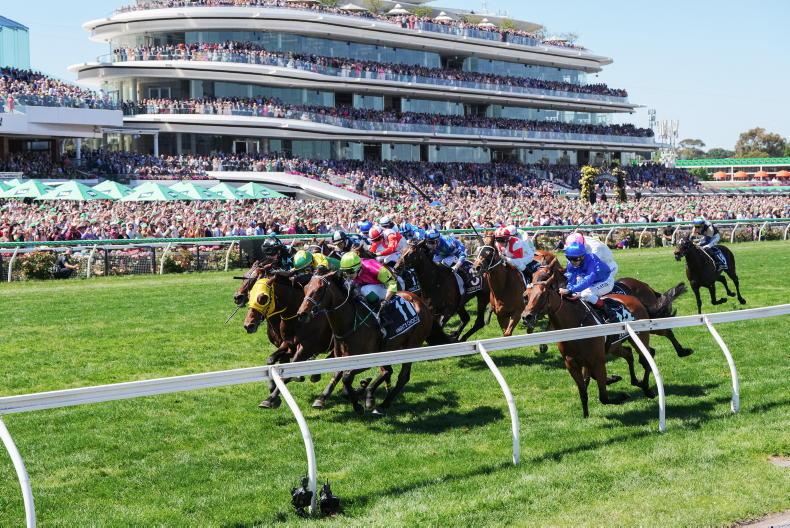
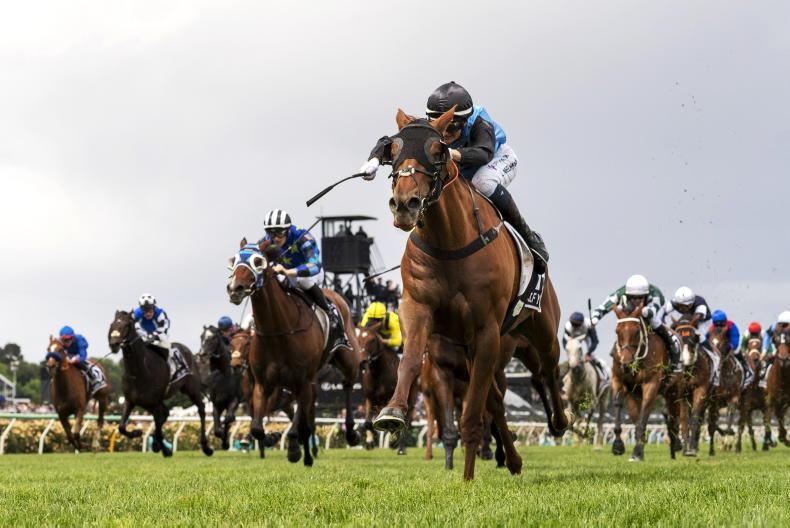
SHARING OPTIONS: